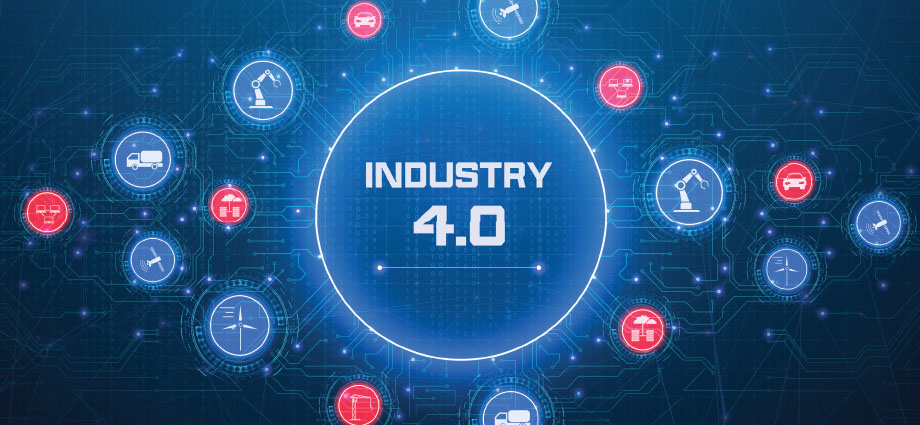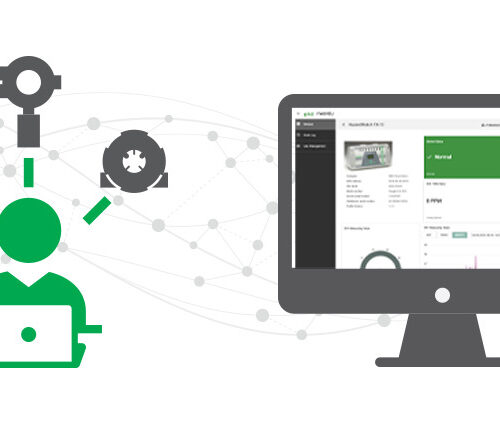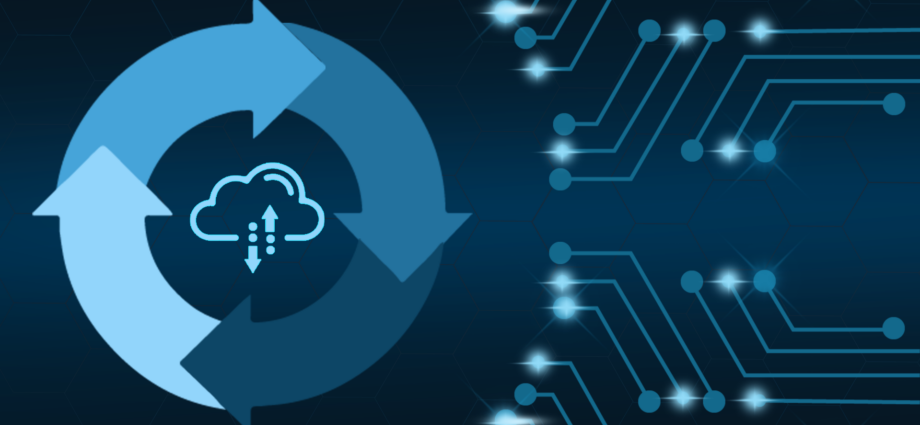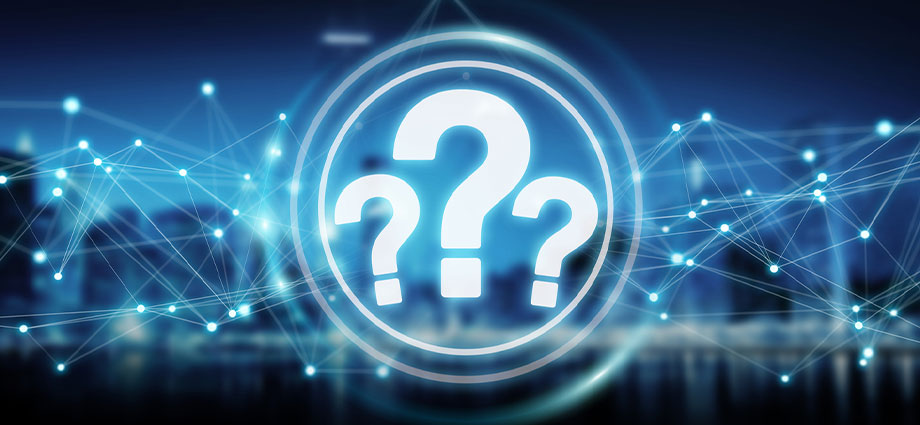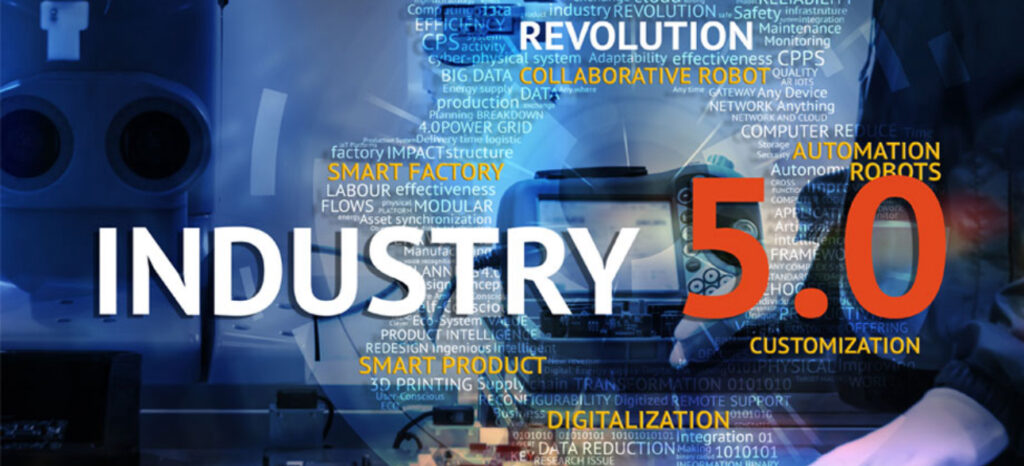
In 2024, there’s a lot of buzz about Industry 5.0. Just when you think you’re up on the latest technological advancements, along comes the next revolution. Right now, that revolution is Industry 5.0.
We’re here to help you understand what Industry 5.0 is and, more importantly, what you need to know to prepare for its inevitable arrival.
What Is Industry 5.0?
Remember way back in the early 2000s when the iPod hit the world? What was this portable little music player and why did we need it when we already had radio, cassettes, and CDs? Well, we did need it, and once people understood it, they went after it in droves.
So, the first step to understanding Industry 5.0 is to define it. The American National Standards Institute (ANSI) calls it the future of manufacturing because it emphasizes human-centric approaches. In other words, it’s an approach that combines machine technologies with human ingenuity and creativity.
Rather than choose an “either/or” approach of humans vs. machines, Industry 5.0 offers a “both/and” world of human-machine collaboration. Bottom line, Industry 5.0 offers manufacturing and industrial automation. The best of both technology and people.
Human Factors
According to researchers J. Barata and I. Kayser in their paper, Industry 5.0 – Past, Present, and Near Future, this humanized version of digital transformation is intended to “balance the current and future needs of workers and society with sustainable optimization of energy consumption, materials processing, and product lifecycles.”
Here at MSA, creating and nurturing a human-centric organization is nothing new. We’ve being doing this long before Industry 5.0 became a thing. In fact, human factors and participatory ergonomics has always played a role in the development of our pioneering safety products, just like this one.
Three Elements of Industry 5.0
In reviewing much of the currently available literature on the topic of Industry 5.0, we think you’ll agree with the European Commission (which coined the term Industry 5.0) that the fifth industrial revolution should help create and support both industries and economies in ways that work with and for human beings.
Here are three ways in which Industry 5.0 can take the world far beyond what we already are doing with efficiency, productivity, and automation.
- Human-centric: This means aligning production, processes, and products with what people want and need.
- Sustainable: This means maximizing available resources, reducing energy consumption, and minimizing waste to reduce environmental impact.
- Resilient: This means ensuring that manufacturing, automation, and production are robust yet flexible enough to prevent, mitigate, and recover from unwanted and unexpected disruptions.
As we move closer to Industry 5.0 and the interconnectivity between people and progressive technologies, such as AI, Cloud connectivity, real-time data analytics, machine learning, robotics, and more, you can expect Industry 5.0 to bring a whole lot of new—including new challenges, new ideas, and new ways of operating.
How Will Industry 5.0 Impact Manufacturing and Industrial Automation?
If Industry 5.0 places the well-being of the worker at the center of a more resilient and sustainable production and manufacturing process, you might be wondering: What does that look like in practical terms for smart factories, industrial plants, and automated manufacturing organizations?
Here are a few use cases that can help you begin to prepare for Industry 5.0 right now.
Connected Tools and Solutions
You can start the transition to Industry 5.0 by incorporating machine-learning technologies, actuators, and embedded sensors into your existing systems. Need to add or replace a device? Here’s your opportunity to bring in high-tech, connected devices and Cloud-enabled solutions. For example, FieldServer Cloud and gateway solutions already are making smart buildings possible—and we’re continuing to update our products as well as develop new ones that will support Industry 5.0 and beyond.
Sustainable and Resilient Processes
Identify potential areas for improvement, such as reducing energy consumption, improving production efficiency, or minimizing material waste. Fortunately, Industry 4.0-enabled devices can give you the remote access, notifications, and data you need to do just that. Next, revisit your internal policies and procedures. Look for ways to adapt and evolve these systems to both ensure compliance and reduce your carbon footprint. And, because it’s available, be sure to leverage AI technologies to tap into the thoughts and experiences of your team to create a comprehensive list of potential strategies you can begin to develop and implement.
Empowered Workforces
Integrate workers into your production processes by bringing their expertise, problem-solving skills, and creativity into the mix. Just like you, let your IIoT tools and solutions do what they do best (deliver accurate information in real-time, every time), it’s more important than ever to empower your workers to do what they do best: think, imagine, and innovate. If you’re not already, be sure rev up the training and development of your workers, so they can be prepared and motivated to work in concert with Industry 5.0 infrastructure and systems.
Don’t Wait for Industry 5.0—Get Ready Now
Investing in Industry 5.0 when you’ve just begun with Industry 4.0 might feel daunting at first. Yet, this is where a great potential exists: the potential to expand your organizational focus from simple economic benefits to also include worker well-being and societal return and value. By putting forth a little effort now to understand and integrate collaborative technologies, human-centric systems, and sustainability practices, you’ll be paving the way for a seamless, more future-proof transition to Industry 5.0.


